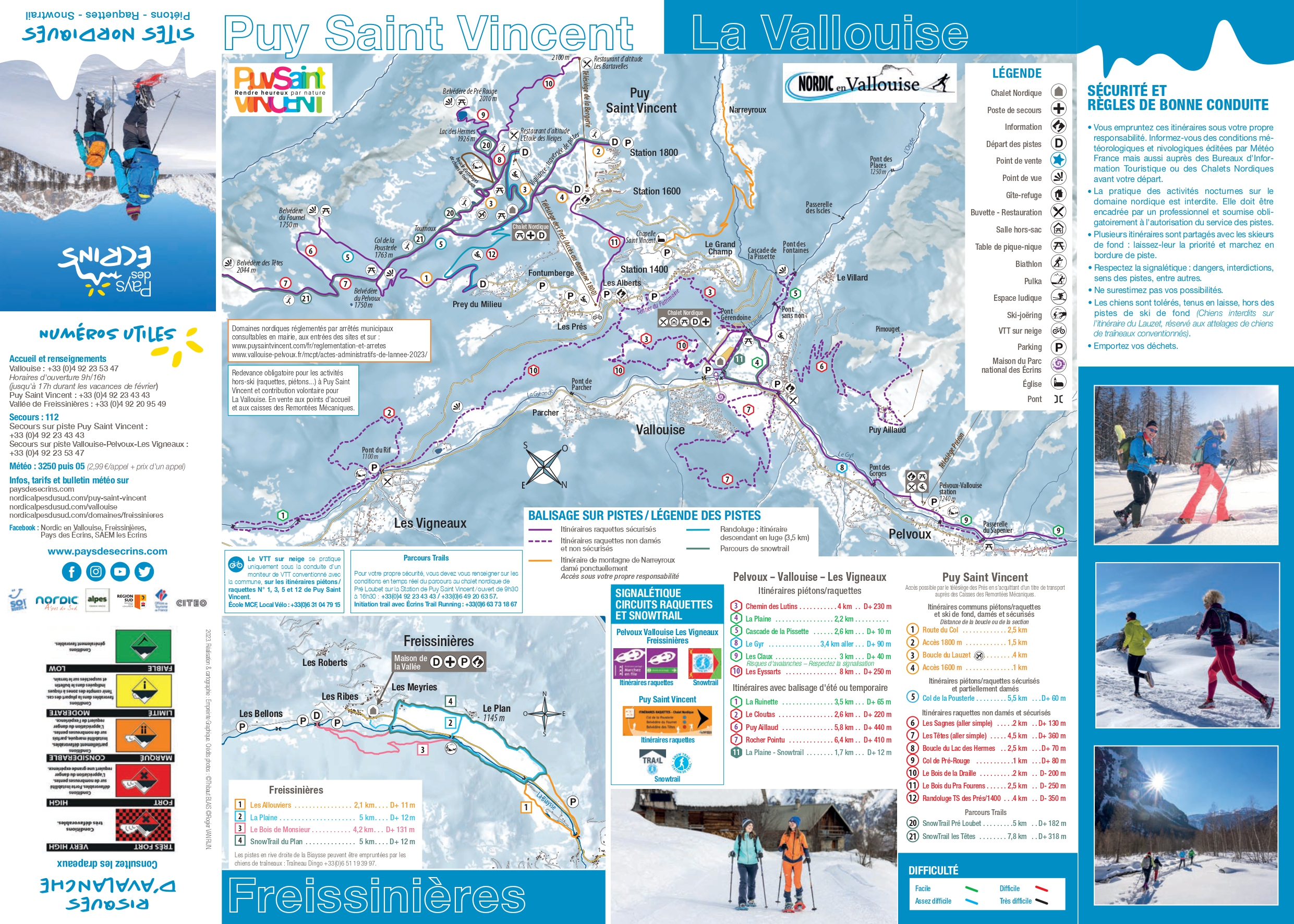
Route No. 11: Bois du Pra Fourens
Easy
Correspondence with snowshoe rating :
R1
Recommended for :
- Less active families with less athletic children (from 8 years old)
- Less active parents with a baby in the wagon
Description
To check snow conditions, click here.
2.2 km descent from the 1600 snow front - approx. 270m D-.
This entertaining itinerary takes you through the meadows between stations 1600 and 1400.
Markings: blue or purple flags and black " piétons/raquettes " signs on a yellow background.
Description:
From the tourist information office on the 1600 snow front, head towards the patio which crosses "la voile » (large building) on the right-hand side and joins the parking lot on the other side. At the entrance to the patio, yellow and black " piétons/raquettes " signs are fixed to the wall.
- After crossing the patio, turn right and join the road below.
- Follow the Voile towards the Val Gardena entrance (the lowest entrance) to reach the edge of the green trail.
- Take the first path on the left 30 metres down, then take the path on the right (follow the signs).
- Continue through the forest for around 300 metres, skirting the "Vallouise" blue trail. Cross the latter and descend along the clearing.
- Follow the signs down to the campsite.
- Exit the campsite to the east and take the path leading down to the junction of the blue and green trails.
- Follow the path between the fields, then turn right. Continue downhill to the right of the large chalet.
- The path comes close to a stream. Cross the small wooden bridge and turn right.
- Carefully turn left up the steep slope leading to the 1400 snow front.
- Towns crossed : Puy-Saint-Vincent
Gear
Water and snacks
Warm clothing (avoid jeans)
High boots (hiking, rigid snow boots)
Walking poles
Sun screen
Sunglasses
Hat/cap
Small first-aid kit
Recommandations
A few rules :
→ You use these routes at your own risk. Find out about the weather conditions and avalanche risks published by Météo France. Also, don't hesitate to ask at tourist information offices or the Nordic chalet before you set off.
→ For avalanche-prone trails, we strongly advise you to take your avalanche transceiver, shovel and probe with you.
→ Night-time activities on Nordic areas are prohibited. It must be supervised by a professional and must be authorized by the ski slopes service.
→ Several itineraries are shared with cross-country skiers and ski tourers: give them priority, always walk along the edge of the piste and be vigilant when crossing these shared paths.
→ Many routes cross downhill ski slopes; be vigilant and give skiers the right of way.
→ Don't walk in the cross-country ski tracks, straddle them.
→ Respect the signposting: dangers, prohibitions, trail directions, among other things.
→ Don't overestimate your abilities!
→ Dogs are tolerated, on a leash, off the cross-country ski trails (dogs prohibited on the Lauzet itinerary of the Puy-Saint-Vincent ski area, reserved for approved sled dog teams).
→ Take your garbage with you!
Please note : This information is given for guidance only. It is your responsibility to check the weather forecast before setting off and not to overestimate your possibilities. The Tourist Office and the PNE cannot be held responsible in the event of an accident. In case of doubt, contact professionals: instructors or equipment hire companies.
Moutain Rescue : dial 112
14 points of interest
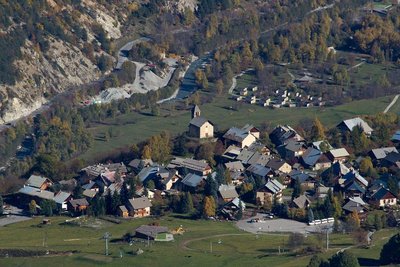
Vue sur Puy Saint Vincent - Christophe Albert - Parc national des Écrins  History
HistoryThe Sentier du Facteur - the postman's path
In former times, the postman would take this path every day: He would set out from Vallouise, deliver letters in Puy-Saint-Vincent and drop back down to Vallouise, stopping at the hamlets of Parcher on the way. In the winter, when the snow was too deep, the Traversouires (the inhabitants of Puy-Saint-Vincent) donned their snowshoes and wielded their shovels to clear the postman's path down to Vallouise.
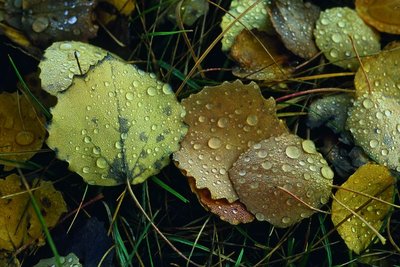
Des feuilles de tremble - Bernard Nicollet - Parc national des Écrins  Flora
FloraThe aspen
A sizeable aspen grows on the roadside, on the edge of a small wood of fellow-aspens. This tree has a smooth, greenish trunk and rounded, crenelated leaves which take on magnificent colours in autumn. The stem, or petiole, of aspen leaves is flat and twisted, so it can be caught by the slightest breeze making the foliage «quake» hence its common name, the quaking aspen. It grows in places where the soil is quite damp.
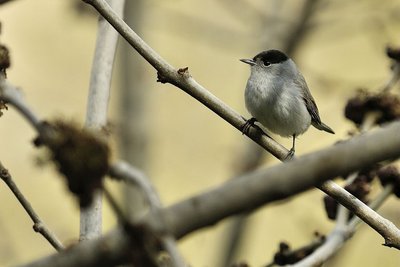
Fauvette à tête noire - Mireille Coulon - Parc national des Écrins  Fauna
FaunaThe Eurasian blackcap
Hidden in the tree foliage, the Eurasian blackcap announces its presence with its loud and piping song. Its head is adorned with a cap which is black in the male and russet in the female. The rest of its plumage is greyish, its underside lighter than its back. It is a migratory bird which travels to the Maghreb to overwinter. However, increasing numbers of birds make only a partial migration, flying to the south of France to spend the winter.
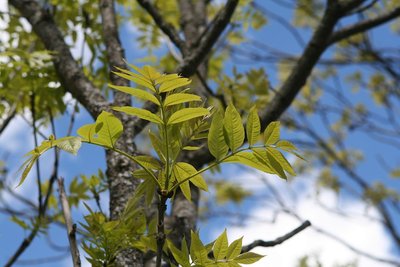
Un frêne élevé - Marie-Geneviève Nicolas - Parc national des Écrins  Flora
FloraThe ash tree
This is one of the most common trees, provided the ground is relatively cool. It is characterised by its pinnate leaves, that is to say, made up of several segments, and in winter is can be recognised by its large black leaf buds. The ash was extremely important in times past: its foliage was used to feed cattle and its hard, flexible wood was used to make a variety of objects such as tool handles.
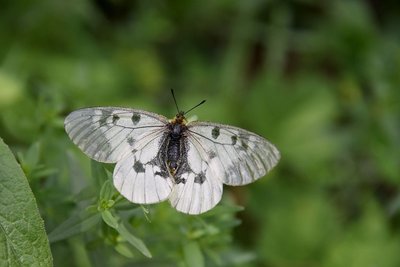
Le semi-apollon - Mireille Coulon - Parc national des Écrins  Fauna
FaunaThe clouded Apollo
This butterfly with hyaline (glass-like) translucent white wings, marked with two black spots, flutters around the clearing or the edges of the forest, where the host plants of its caterpillars grow: the corydalis. Although abundant locally, it is nevertheless a species in sharp decline and is protected.
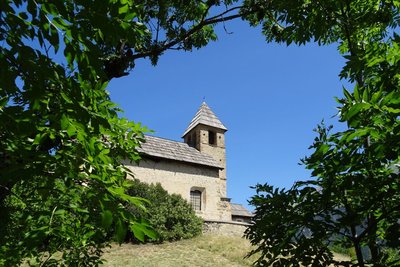
La chapelle Sainte Marie Madeleine - Office de tourisme Pays des Écrins  History
HistoryThe church of Sainte-Marie-Madeleine-des-Prés and its two sun dials
The charming little church of Sainte-Marie-Madeleine-des-Prés, which dates from the sixteenth century, stands in the hamlet of Les Prés. It is surrounded by a wall and a cemetery. On the walls of the church, two sun dials can be seen, both engraved and painted on plaster in 1718. The first is above the door, telling the time in the afternoon, bearing the saying « for a moment of delights, an eternity of torments » which alludes to the life of Saint Mary Magdalene, the well-known sinner who is venerated as a model of penitence. The second, telling the time in the morning, bears the Latin phrase Ars longa, vita brevis which translates as« learning is long, life is short ».
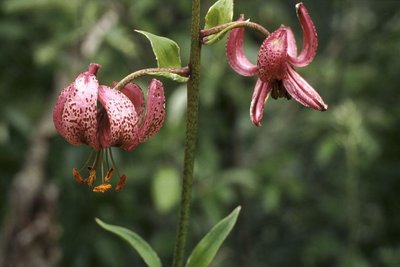
Le lis martagon - Marie-Geneviève Nicolas - Parc national des Écrins  Flora
FloraThe martagon lily
In cooler spots, the path is edged by large plants such as the wood cranesbill, which has purple flowers, and the martagon lily. This superb plant has large hanging flowers with curved-back petals, which are pink speckled with purple and exposed orangey stamens. Its leaves are elongated and whorled. It grows in meadows and cool woods. Although common here, it is rare in many French regions. In fact, picking it is prohibited or regulated.
Hameau des Prés - Marie-Geneviève Nicolas - Parc national des Écrins  History
HistoryLes Prés, hamlet of Puy-Saint-Vincent
Le Prés is one of the main hamlets of Puy-Saint-Vincent. Like Le Puy and Les Alberts, it stands on a flat plateau which is a glacial escarpment left by the now-retreated Gyronde glacier. Like Prey d'Aval, Prey du Milieu and Prey d'Amant, its name is a reminder that prior to the development of the ski resort, the land here used to be shared by meadows and crops.
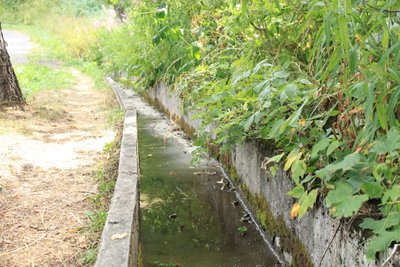
Les canaux d'irrigation - Office de tourisme du Pays des Écrins  Vernacular heritage
Vernacular heritageThe irrigation canals
The route follows a canal side for a short distance. Numerous canals brought water from the Torrent de la Combe mountain stream to the fields which take up a large area around the villages of Puy-Saint-Vincent. In fact, the slopes just above these fields did not provide sufficient water, making it necessary to create this large network of irrigation canals.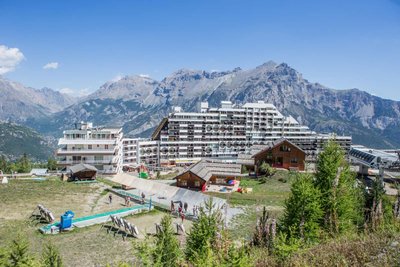
La Voile de Puy Saint Vincent 1600 - Jan Novak  Architecture
ArchitectureThe architecture of La Voile in Puy-Saint-Vincent 1600
The construction of this large building complex, the highest part of which is known as « La Voile »(the sail), was started in 1973 by a team of investors responsible for developing the 1600 ski resort. Designed by the Grenoble-based architect, Michel Ludmer of the Les 3A firm of architects, this tiered construction hugs the slopes with its silhouette, its soaring design structured around a mast, like the sail of a yacht sailing in a sea of snow. La Voile was inspired by iconic buildings in other tourist resorts, like the « Paquebot des Neiges » (the snow liner) in La Plagne and the « La Grande Pyramide » (great pyramid) in La Grande-Motte. Although still misunderstood, this architecture which presents numerous advantages (like restricting the use of space) might well merit a « Twentieth Century Heritage » label.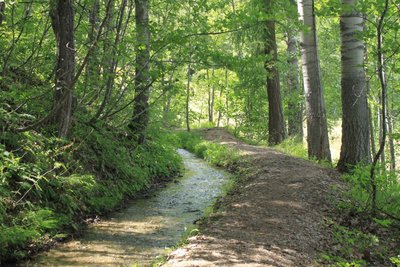
La restauration des canaux - Office de tourisme du Pays des Écrins  History
HistoryThe restoration of the canals
Water is essential to farming in our territory because of the relatively dry Mediterranean climate with hot summers. To compensate for this, our ancestors created artificial water courses, the canals. These performed a dual role because they served not only to irrigate the hay meadows, kitchen gardens and grain fields, but also to prevent torrential flooding by acting as drains. Today, the canals are still used and managed by associations which work to keep them operational and to maintain them, several times a year.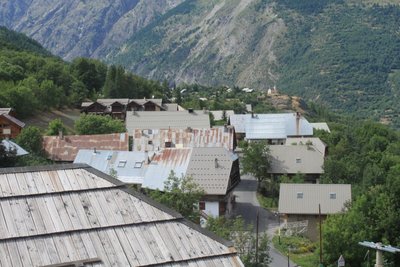
Maison à arcades - Office de tourisme du Pays des Écrins  History
HistoryThe house with arcades
In the municipality of Puy-Saint-Vincent, there are a number of houses typical of the rural architecture of Vallouise, in particular houses with arcades, in the hamlets of Les Alberts and Les Prés. This type of construction can be recognised by the presence of large arches made from stone from the Montbrison massif and supporting walking galleries. Introduced in the eighteenth century by Piedmontese master masons who settled in the valley, this style with arcaded galleries has become characteristic of the architecture of the Vallouise valley. Elegant and monumental, they replaced modest wooden balconies. They facilitated mobility from one level of the house to the other (the houses did not have interior stairs), and at the same time signalled the wealth of the owner.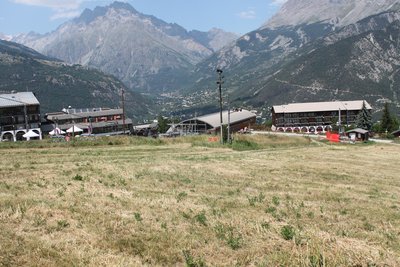
L'histoire de la station de Puy Saint Vincent - Office de tourisme du Pays des Écrins  History
HistoryThe history of the resort of Puy-Saint-Vincent
Puy-Saint-Vincent is the benchmark resort in the Vallouise. Located on the north-facing side of the valley, it is constructed on three levels, each corresponding to a different period of construction: 1400, developed in the late 1970s, 1600, developed from 1973 onwards and 1800, developed from 2005 onwards. Each level is served by a chairlift to reach the skiing area. It now has 35 pistes covering 75.4 kilometres.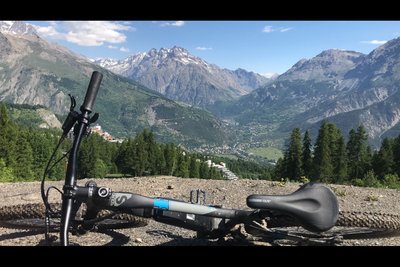
Lecture de paysage - Office de tourisme du Pays des Écrins  Panorama
PanoramaReading the landscape
The Vallouise valley is a tributary valley on the right-hand bank of the Durance. It is made up of three municipalities: Vallouise-Pelvoux, Les Vigneaux and, looking down from the heights, Puy-Saint-Vincent. This 25 km-long valley is dominated by numerous peaks, ranging in altitude from 980 metres, at the confluence of the Durance, to the peak of the Barre des Écrins at 4,102 metres (the highest point in the Les Écrins massif) and covers 18,541 hectares. Lying at the centre of the crystalline massif, the Vallouise valley is the gateway to the Parc National des Écrins and boasts exceptional and varied landscapes and a diverse wealth of fauna and flora.
